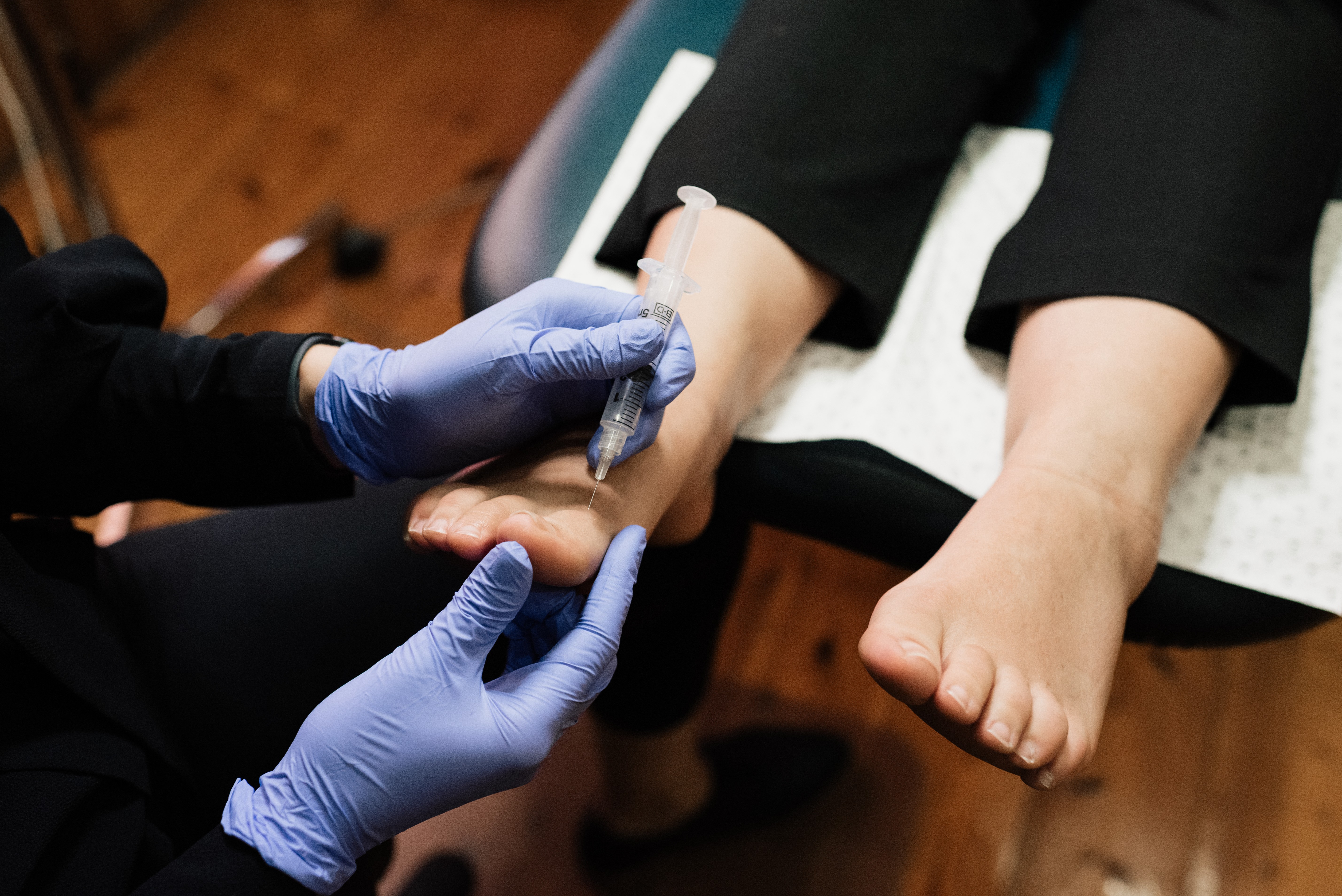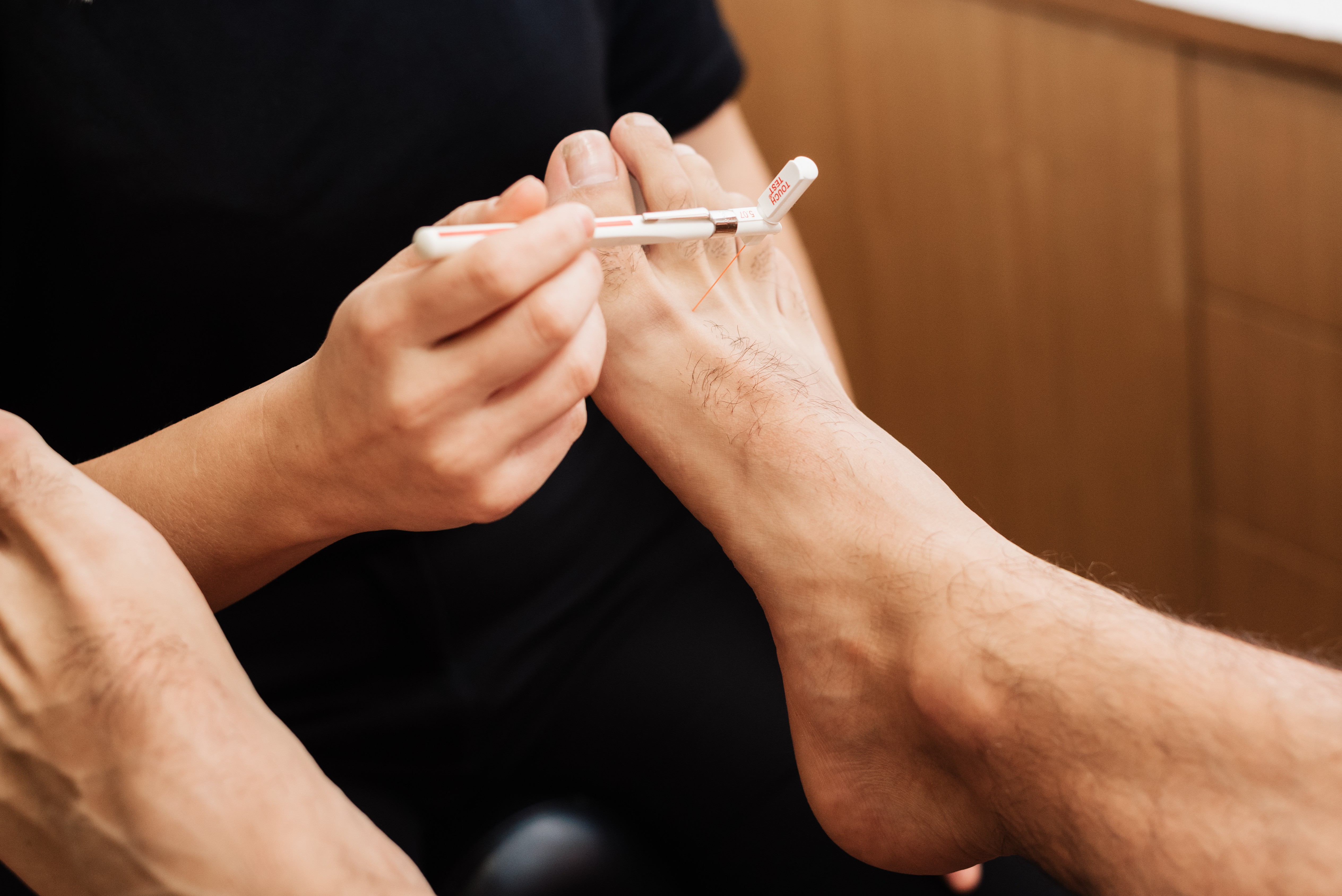People often present complaining of pain in the front of the foot around the third and fourth toes. One common condition responsible for this pain is a neuroma or Morton’s neuroma. The following information should help to explain the how and why of a neuroma and what you can do to prevent and resolve this condition.
Signs and Symptoms
Causes
Risk Factors
Treatment
If you suffer from these symptoms and require an assessment or opinion from one of our trained Podiatrists, please contact us for an appointment.
This information has been provided by the Australasian Podiatry Association for it’s members.

Ingrown toenails can be painful, unsightly and debilitating. This post explores the many different factors that drive an ingrown toenail and how to prevent their development or manage them successfully.

When is it time to change your running or walking shoes? How long do they really last and what are the main signs that your shoes are ready for a change?

In the realm of diabetes management, where foot health plays a pivotal role, individuals in the Australian population are finding a trusted ally in PodSquared Podiatry. Specialising in comprehensive foot care, PodSquared Podiatry takes a proactive stance in addressing the unique challenges posed by diabetes. In this blog post, we'll delve into the tailored approach PodSquared Podiatry adopts to ensure optimal foot health for those managing diabetes.